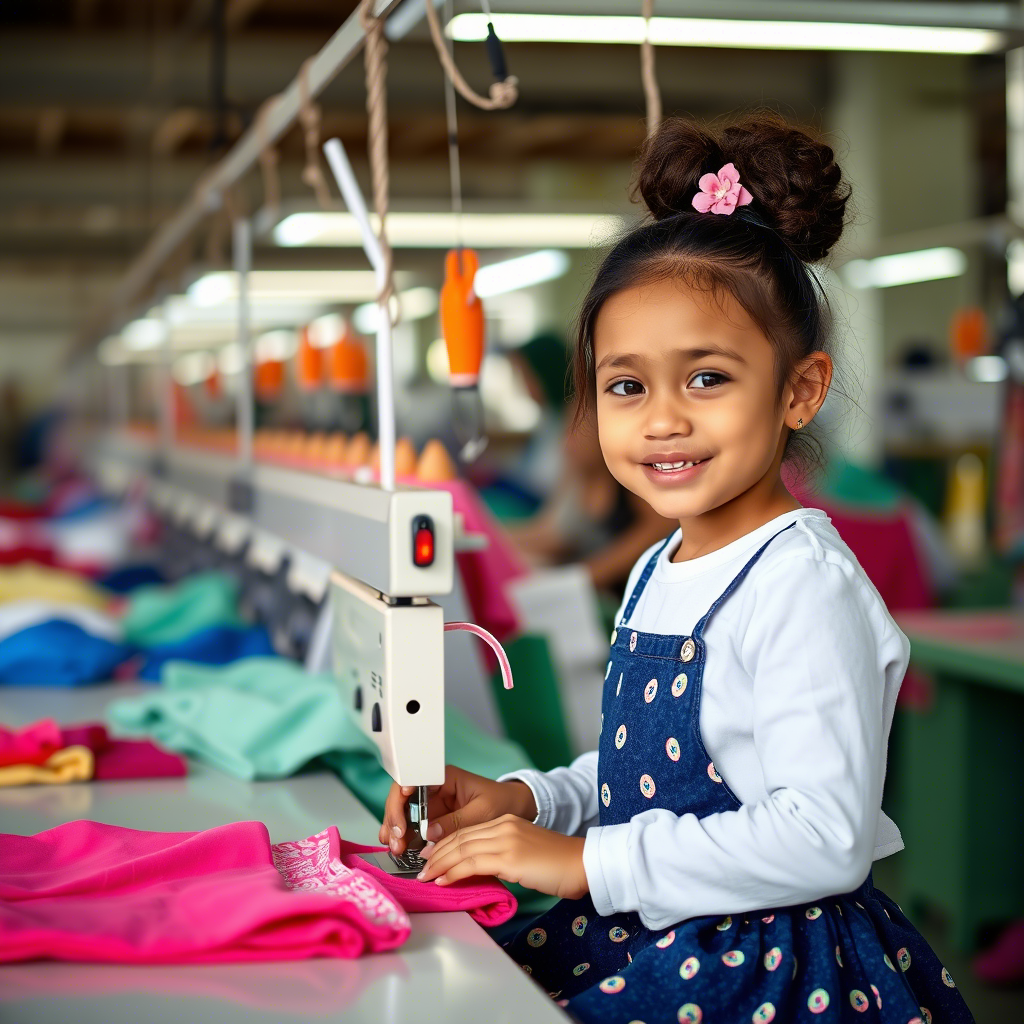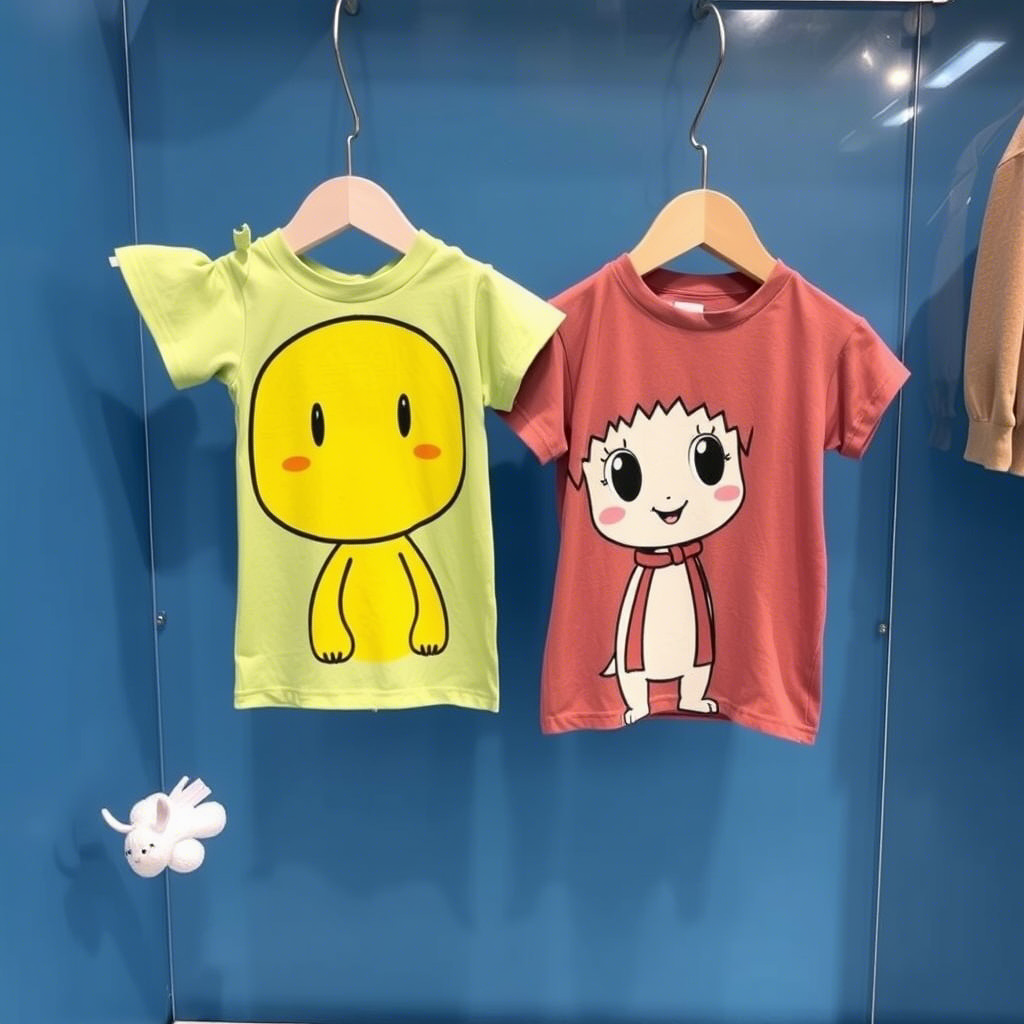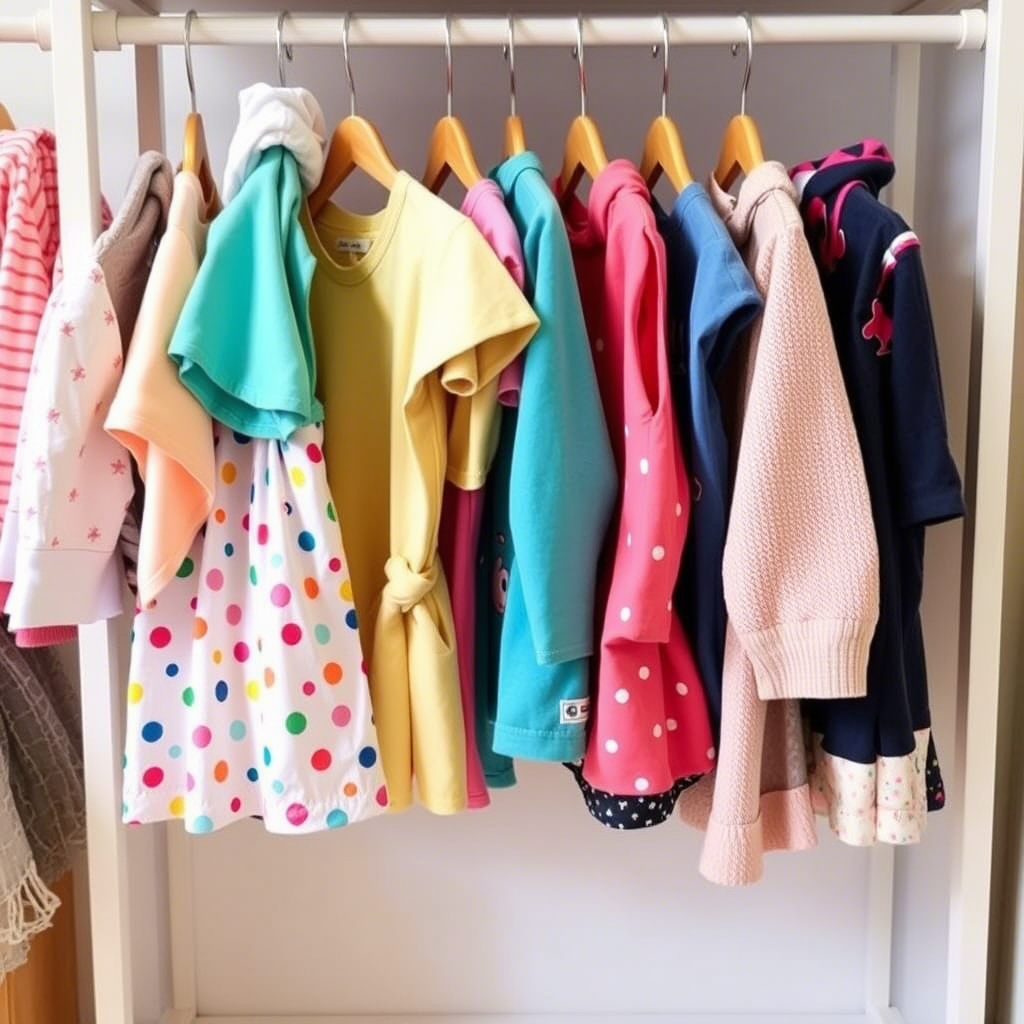Kids Clothing Manufacturers and Suppliers: A Comprehensive Guide
The global kids clothing market is a thriving industry, driven by increasing demand for high-quality, comfortable, and stylish clothing for children. As a result, kids clothing manufacturers and suppliers play a crucial role in meeting this demand. In this article, we will explore the world of kids clothing manufacturers and suppliers, highlighting key trends, best practices, and expert insights.
The Importance of Kids Clothing Manufacturers and Suppliers
Kids clothing manufacturers and suppliers are the backbone of the children’s apparel industry. They are responsible for designing, producing, and distributing clothing that meets the needs of children and parents alike. With the rise of e-commerce and social media, the demand for kids clothing has increased significantly, making it essential for manufacturers and suppliers to stay ahead of the curve.
 A well-organized production line is essential for kids clothing manufacturers, ensuring efficient and high-quality production. This includes implementing effective quality control measures, using sustainable materials, and staying up-to-date with the latest trends and designs.
A well-organized production line is essential for kids clothing manufacturers, ensuring efficient and high-quality production. This includes implementing effective quality control measures, using sustainable materials, and staying up-to-date with the latest trends and designs.
Trends in Kids Clothing Manufacturing
The kids clothing industry is constantly evolving, with new trends and styles emerging every season. Some of the current trends in kids clothing manufacturing include:
- Sustainable and eco-friendly clothing: With the growing awareness of environmental issues, kids clothing manufacturers are shifting towards sustainable and eco-friendly materials and production methods.
- Customization and personalization: Parents are increasingly looking for unique and personalized clothing for their children, driving the demand for customization options.
- Comfort and functionality: Kids clothing manufacturers are focusing on creating clothing that is not only stylish but also comfortable and functional.
Key Considerations for Kids Clothing Suppliers
Kids clothing suppliers play a critical role in ensuring that clothing reaches the end-consumer. Some key considerations for kids clothing suppliers include:
- Building strong relationships with manufacturers: Suppliers must work closely with manufacturers to ensure a smooth and efficient supply chain.
- Staying up-to-date with market trends: Suppliers need to be aware of the latest trends and styles to meet the demands of retailers and consumers.
- Ensuring quality control: Suppliers must ensure that the clothing they supply meets the required quality standards.
 For example, Lezon Kids’ boys coat collection features a range of stylish and functional designs that are perfect for kids. Suppliers can capitalize on such collections to meet the demand for high-quality kids clothing.
For example, Lezon Kids’ boys coat collection features a range of stylish and functional designs that are perfect for kids. Suppliers can capitalize on such collections to meet the demand for high-quality kids clothing.
Best Practices for Kids Clothing Manufacturers and Suppliers
To succeed in the competitive kids clothing market, manufacturers and suppliers must adopt best practices that prioritize quality, sustainability, and customer satisfaction. Some best practices include:
- Investing in quality control measures: Implementing effective quality control measures ensures that clothing meets the required standards.
- Using sustainable materials and production methods: Adopting sustainable practices not only benefits the environment but also appeals to eco-conscious consumers.
- Staying ahead of the competition: Manufacturers and suppliers must stay up-to-date with the latest trends and styles to remain competitive.
 For instance, a kids clothing supplier can stay ahead of the competition by offering a diverse range of products, such as Lezon Kids’ latest kids apparel collections, which cater to different tastes and preferences.
For instance, a kids clothing supplier can stay ahead of the competition by offering a diverse range of products, such as Lezon Kids’ latest kids apparel collections, which cater to different tastes and preferences.
Challenges and Opportunities in the Kids Clothing Industry
The kids clothing industry is not without its challenges, including intense competition, changing consumer preferences, and supply chain disruptions. However, these challenges also present opportunities for manufacturers and suppliers to innovate and differentiate themselves.
Conclusion
In conclusion, kids clothing manufacturers and suppliers play a vital role in meeting the demands of the global kids clothing market. By staying ahead of the curve, adopting best practices, and prioritizing quality, sustainability, and customer satisfaction, manufacturers and suppliers can succeed in this competitive industry. As the industry continues to evolve, it is essential for manufacturers and suppliers to be aware of the latest trends and styles, and to adapt to changing consumer preferences. By doing so, they can capitalize on the growing demand for high-quality kids clothing and establish themselves as leaders in the market.

Comments